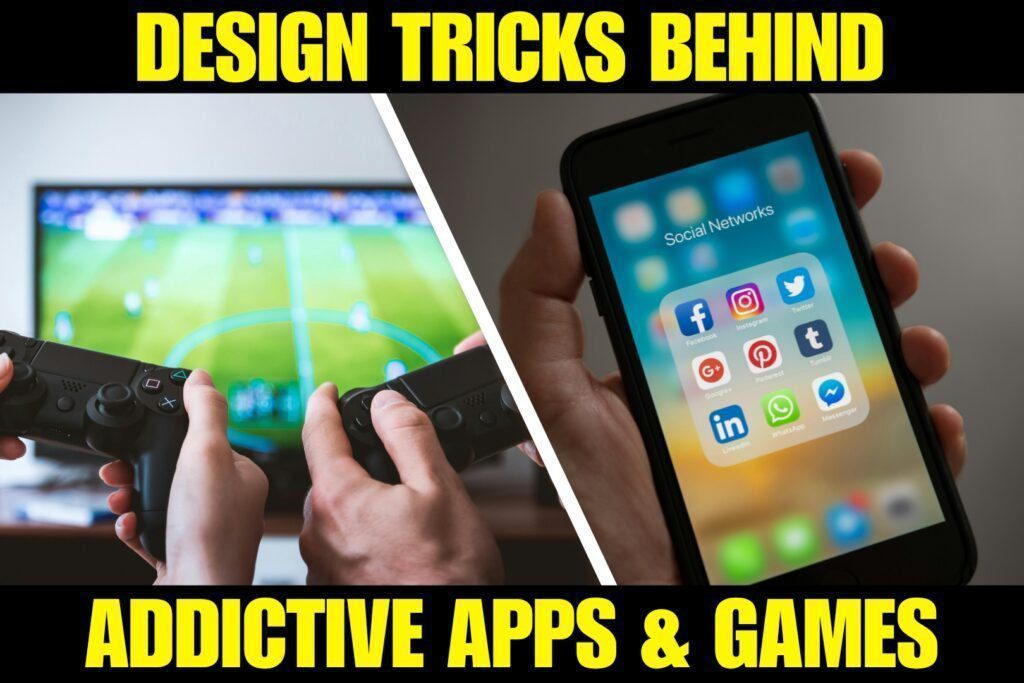It’s 2025, and the shift is unmistakable: more parents are replacing expensive private tutors with educational games—and not just for fun.
Once considered a supplement or screen-time filler, educational games have evolved into serious, adaptive learning tools powered by artificial intelligence, neuroscience, and gamified psychology. And as tutoring costs rise and attention spans shrink, families are finding that smart, engaging games can offer personalized, cost-effective, and measurable learning—often with better outcomes than traditional 1-on-1 instruction.
But what exactly is driving this movement? Are educational games truly outperforming human tutors? Let’s explore the science, the platforms, and the parental mindset behind this quiet educational revolution.
Rising Cost of Private Tutoring: A Trigger for Change
In major cities like New Delhi, London, and New York, the average private tutor charges $30–$150/hour, with top-tier exam prep tutors commanding even higher rates. Over the course of a year, tutoring expenses can exceed $3,000 to $10,000 per child.
Parents are asking:
“Is it worth it? And is there a smarter, more scalable alternative?”
The answer, for many, is increasingly yes—and it’s coming from the app store, not a tutoring agency.
The Evolution of Educational Games in 2025
Forget the basic quiz apps and math puzzles from a decade ago. Today’s educational games are:
- AI-driven – Learning paths adapt to student strengths, pace, and mistakes
- Immersive – 3D environments, storytelling, and characters create engagement loops
- Multimodal – Combine audio, visuals, touch, and even voice interaction
- Data-rich – Real-time feedback and learning analytics for parents and teachers
- Aligned with curriculum standards – Many games are now Common Core, CBSE, or IB-compatible
Popular subjects include:
- Math (arithmetic to calculus)
- Science (physics simulations, biology labs)
- Coding & robotics
- Financial literacy
- History, languages, and critical thinking
Top Educational Game Platforms Parents Are Choosing in 2025
- Kahoot! Kids
🎮 Gamified quizzes with multiplayer learning
🔗 kahoot.com/kids - DragonBox by Kahoot
🎯 Deep math concept exploration through play
💡 Used in classrooms across 30+ countries - BYJU’S Future School
🎮 India-based platform teaching math & coding via narrative games
🧠 Personalized AI mentors + progress tracking for parents - Osmo
📦 Physical+digital game kit for iPads
🧒 Ages 3–10
📚 Literacy, numbers, drawing, logic - Prodigy Math & English
🧙 Fantasy game-based platform tied to school curriculum
📊 Parent dashboard + teacher sync
🔗 prodigygame.com - BrainPOP
🎮 Animation-based learning games & videos
🧠 Focus on STEAM topics
🎓 Aligned to global curriculum - Tynker
👾 Game-based coding challenges from block to Python
💻 Kids create games, websites, and even Minecraft mods
Why Parents Are Making the Shift
✅ 1. Affordability & Scalability
- Most educational games cost between $0 to $10/month
- Covers multiple subjects vs. 1 subject per tutor
- Usable by multiple siblings without extra charges
✅ 2. Personalized & Adaptive Learning
- AI engines detect weaknesses and adjust difficulty in real time
- Progress is customized per learner, unlike one-size-fits-all tutoring
✅ 3. Better Engagement & Motivation
- Games tap into dopamine loops—encouraging repeat practice
- Visual storytelling keeps even “boring” subjects like grammar exciting
- Rewards, badges, leaderboards create internal competition
✅ 4. Data Transparency for Parents
- Apps offer detailed performance dashboards
- See what your child is learning, where they’re struggling, and how often they play
- Easier to measure ROI vs. trusting a tutor’s word
✅ 5. On-Demand & Flexible
- No scheduling, commute, or missed sessions
- Fits into daily routines—15 minutes in car rides or before bedtime
- Offline modes available in many apps
✅ 6. Neuroscience-Backed Design
- Many 2025 games incorporate spaced repetition, executive function training, and active recall
- Designed by educators, psychologists, and game designers collaboratively
Real Parent Stories: Why They Switched
👩🎓 Meera S., Bangalore:
“My son was bored and frustrated with his math tutor. Now he spends 30 mins/day on DragonBox and actually explains algebra to his younger sister!”
👨👩👦 Lisa R., Toronto:
“With Prodigy and BrainPOP, we replaced 3 hours of tutoring each week. Our child is more confident, and we’re saving over $200/month.”
👨 Kevin J., California:
“My kid hated reading. Osmo and Readability changed that. Now she competes with herself to finish story levels.”
Do Educational Games Outperform Human Tutors?
It depends—but in many core areas, especially for elementary to middle school students, the data supports it.
According to 2025 research by EdTech Insights:
- Students using gamified learning platforms scored 18–25% higher in math and reading retention
- Engagement time was 3.5x longer than with human tutors
- 63% of parents said their child showed more enthusiasm for learning with games
Tutors may still outperform games in:
- High-stakes exam prep (SAT, NEET, etc.)
- Soft skill coaching (debate, public speaking)
- Personalized emotional support
But for core academic reinforcement, the ROI of games is quickly surpassing that of tutors.
Expert Insight
🧠 Dr. Amina Rathore, Cognitive Learning Expert:
“Educational games give learners autonomy, context, and repetition. Tutors give structure and feedback. When done right, games offer structure too—but on-demand, personalized, and at scale. That’s why they’re winning.”
What the Future Holds
The rise of AI tutors, emotion-sensing gameplay, and VR classrooms will further blur the line between traditional tutoring and game-based learning.
Apps are already:
- Using LLMs to have Socratic dialogues with kids
- Generating real-time quizzes based on in-game performance
- Personalizing instruction based on a child’s mood and cognitive load
By 2030, we might not even say “educational game” anymore—learning through play could simply be the new normal.
Final Thought
Parents in 2025 are not choosing between “fun” and “effective.” They’re choosing both.
And in doing so, they’re rewriting how the next generation learns—not with chalkboards or tutors, but with adaptive, intelligent, gamified systems that make kids want to keep learning long after the lesson ends.


